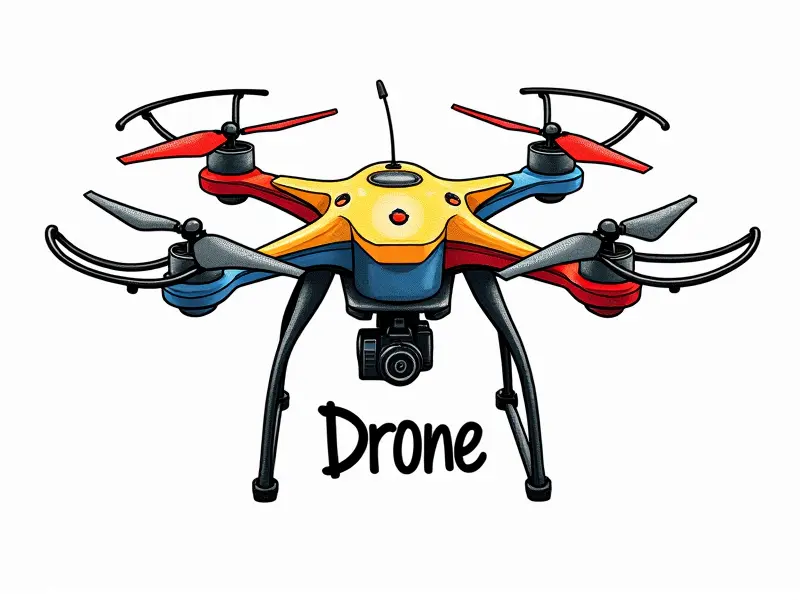How to stabilize a drone

Ultimate Guide to Drone Stability
Welcome to the ultimate guide on stabilizing drones! Whether you're a beginner or an experienced pilot, maintaining steady flight is crucial for capturing stunning aerial footage and ensuring safe operation. This comprehensive article will walk you through essential tips, techniques, and tricks to enhance your drone's stability.
Top Tips for Drone Stability
To achieve optimal stability in your drone flights, consider the following top tips:
- Battery Health: Ensure that your battery is fully charged and not old or worn out. A weak battery can cause instability.
- Propeller Balance: Check for any imbalance in propellers by spinning them manually. Replace damaged or misaligned props immediately.
- Wind Conditions: Avoid flying in strong winds, as they can significantly affect the drone's stability.
Mastering Drone Balance Techniques
Mastery of balance techniques is key to achieving stable flights. Here are some crucial methods:
- Center of Gravity (CG): Adjust the CG by moving batteries or other equipment closer to the center if necessary.
- Weight Distribution: Ensure that all components are evenly distributed across the drone's frame.
- Tuning PIDs: Fine-tune your drone’s proportional, integral, and derivative (PID) settings for precise control.
Secrets to Perfect Drone Balance
To unlock the secrets of perfect balance, follow these insider tips:
- Regular Maintenance: Keep your drone clean and perform routine checks on all components.
- Firmware Updates: Stay updated with the latest firmware to benefit from stability improvements and bug fixes.
- Flight Log Analysis: Review flight logs to identify patterns that may be causing instability issues.
Achieving Smooth Drone Flights
To achieve smooth, stable flights, consider the following strategies:
- Sensor Calibration: Regularly calibrate your drone’s sensors for accurate readings and responsive control.
- Flight Mode Selection: Choose appropriate flight modes based on wind conditions and desired maneuverability.
- Ground Control: Use a stable ground surface to launch and land your drone, minimizing the risk of vibrations.
Essential Tricks for Stable Drones
Incorporate these essential tricks into your flight routine to enhance stability:
- Use GPS Lock: Engage GPS lock whenever possible to maintain a steady altitude and heading.
- Battery Management: Monitor battery levels closely and land when the charge drops below 20%.
- Propeller Quality: Invest in high-quality propellers that are lightweight yet durable, reducing vibrations.
Enhance Drone Stability Today
There are several immediate actions you can take to improve your drone's stability right away:
- Clean Components: Remove dirt and debris from motors, propellers, and sensors to ensure optimal performance.
- Check Connections: Inspect all electrical connections for any signs of wear or damage that could cause instability.
- Battery Replacement: Replace batteries if they show signs of aging or inconsistent charging behavior.
Boost Your Drone's Stability
To boost your drone’s stability further, implement these advanced techniques:
- Advanced PID Tuning: Experiment with different PID settings to find the optimal balance for your specific model and environment.
- Sensor Fusion: Utilize sensor fusion technology to combine data from multiple sensors for more accurate stabilization.
- Wind Compensation Algorithms: Use sophisticated algorithms that adjust flight patterns in real-time based on wind conditions.
Easy Fixes for Wobbly Drones
If your drone is experiencing wobble issues, try these quick fixes:
- Propeller Replacement: Replace all propellers if any are damaged or show signs of imbalance.
- Battery Check: Verify that the battery is fully charged and functioning properly without any internal resistance.
- Software Update: Ensure your drone’s software is up-to-date with the latest stability enhancements.
Drastically Improve Drone Stability
To drastically improve drone stability, consider these comprehensive steps:
- Component Upgrades: Invest in higher quality components such as motors and ESCs (Electronic Speed Controllers).
- Wind Testing: Conduct controlled wind tests to understand how your drone performs under various conditions.
- Professional Calibration: Have a professional calibrate your drone’s sensors for maximum accuracy and responsiveness.
Why Your Drone Wobbles & How to Fix It
Your drone might wobble due to several reasons, including poor battery condition, imbalanced propellers, or environmental factors like strong winds. To fix these issues:
- Battery Check: Replace batteries if they are old or show signs of degradation.
- Propeller Inspection: Inspect and replace any damaged or unbalanced propellers immediately.
- Environmental Adjustments: Avoid flying in windy conditions unless your drone is equipped with advanced stabilization features.
Conclusion
Maintaining stable flights is essential for every drone operator. By following the tips and techniques outlined in this guide, you can significantly enhance your drone’s stability and performance. Regular maintenance, proper setup, and careful monitoring of environmental conditions are key to achieving smooth, controlled flights. With these insights, you’ll be well-equipped to tackle any instability issues and enjoy seamless aerial adventures.

